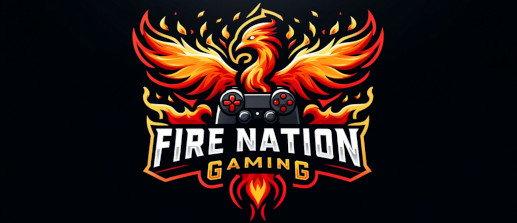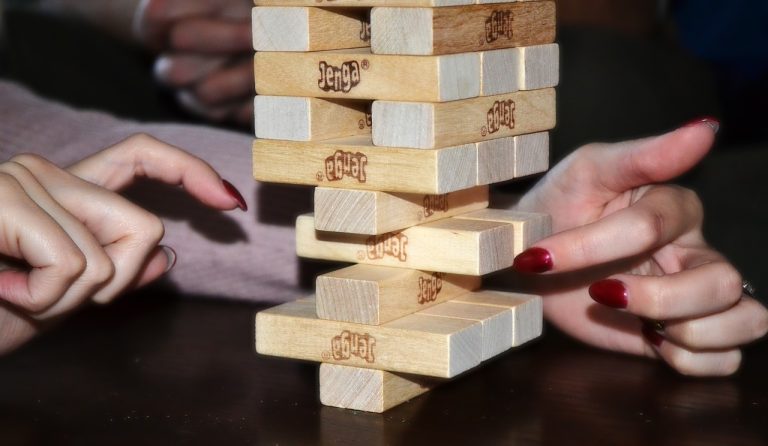Jenga, the iconic block-stacking game, has been a staple in game closets around the world since its inception in the 1980s. The objective of Jenga is simple — remove blocks from the tower and place them on top without causing the tower to tumble.
Despite its popularity and simplistic nature, there’s been a consistent debate among game enthusiasts regarding its classification, and people often wonder whether or not Jenga is a board game.
Table of Contents
Definition of Board Games
Board games are typically defined by a set of characteristics that include a playing surface or board, pieces or tokens that players control, and a set of rules guiding the gameplay. They often involve strategy, chance, or a combination of both, and are played to achieve a particular objective.
The Classic Board Game Structure
The classic board structure is a key identifier. Games like Chess, Monopoly, and Scrabble have distinct boards which serve as the primary playing surface. The board often contains paths, spaces, or zones that guide the movement and interaction of pieces.
Comparing Jenga’s Structure
Unlike traditional board games, Jenga doesn’t have a board or a pathway that directs gameplay. Instead, it comprises 54 wooden blocks stacked in a tower. Players take turns removing one block at a time and placing it on top of the tower. The objective is to avoid knocking the tower over.
The Verdict
The classification of Jenga as a board game can be subjective and largely depends on the criteria one employs. If a strict definition is adhered to, Jenga’s lack of an actual board would likely exclude it from the board game category.

